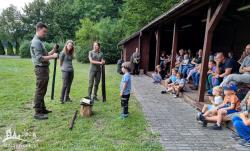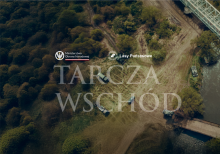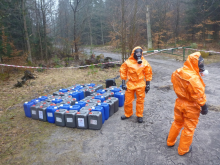 Asset Publisher
Asset Publisher
Polish forests
Poland is in the European lead, while concerning the area of all forests. They cover about 29,2 % of the country territory, and grow within the area of 9,1 million hectares. The overwhelming majority of the forests is state owned, of which almost 7,6 million hectares are managed by the State Forests National Forest Holding..
The number of Polish forest is still growing. The forestation rate of the country has increased from 21 % in 1945 to 29,2 % at the moment. Between 1995 and 2008, the forest area increased by 310 thousand ha. The basis for afforestation works is the "National Programme for Increasing the Forest Cover" (KPZL), assuming an increase of the forestation rate up to 30 % by 2020 and up to 33 % by 2050. Polish forests abound in flora, fauna and fungi. 65 % of the total number of animal species live there.
The forests grow in our country on poor soils, mainly because of the development of the agriculture in previous years. It influences the distribution of the types of the forest sites in Poland. Over 55 % of the forest areas is covered with coniferous forests. In other areas, there are forest sites, mainly the mixed ones. Their small part constitute alder and riparian forests – not more than 3 %.
In the years 1945 – 2011 the area of natural deciduous tree stands within the area of the State Forests National Forest Holding increased from 13 to 28,2 %.
Within the lowlands and uplands the most often occurring tee species is pine. It covers 64,3 % of the forest area of the State Forests National Forest Holding and 57,7 % of private and commune forests. In the mountains the predominant species is European spruce ( in the west) and European spruce with beech (in the east). Domination of pine is the result of carrying on sustainable forest management in the past. Once, the monocultures (crops or cultivations of one species) were the answer to the great demand of industry for wood. Such forests appeared to be quite fragile to climatic factors. They also were often the prey of pests' expansion.
In Polish forests, the share of other tree species, especially deciduous trees have been systematically increasing. The foresters have stepped aside from monocultures – that is why, they try to fit specific species of the forest stand to the natural stand, that would be proper for the given area. Thanks to that, in the years 1945 – 2011, the area of the deciduous tree stands within the lands of the State Forests National Forest Holding increased from 13 to 28,2 %. There occur more and more frequently the following tree species: oaks, ashes, maples, sycamore maples, elms, but also birches, beeches, alders, poplars, hornbeams, aspens, tilias and willows.
Our forests are the most often represented by the forest stands aged 40 to 80 years. The average age of the forest equals 60 years. More and more trees are of big size at the age over 80 years. Since the end of the Second World War, the forests' area has increased up to almost 1,85 million hectares.
Raport o stanie lasów w Polsce 2012
 Asset Publisher
Asset Publisher
Las do góry nogami, czyli warsztaty chiropterologiczne
Las do góry nogami, czyli warsztaty chiropterologiczne
Nie wplątują się we włosy i nie zagrażają ludziom. Są za to niezwykle pożyteczne, szybkie i długowieczne. Mowa oczywiście o nietoperzach na spotkanie z którymi zaprosili w miniony piątek (25 sierpnia) pracownicy Nadleśnictwa Szczecinek.
Ostatni weekend sierpnia, to tradycyjnie pora gdy obchodzimy Międzynarodową Noc Nietoperzy. To także doskonała okazja by poznać lepiej te niezwykłe ssaki, przyjrzeć się pracy chiropterologów i rozprawić z kilkoma nieprawdziwymi mitami na ich temat.
Na spotkanie edukacyjne w szkółce leśnej w Gałowie szczecineccy leśnicy zaprosili już po raz drugi. Ogromny sukces zeszłorocznej edycji wydarzenia, udowodnił, jak wielka jest ciekawość i zapotrzebowanie mieszkańców regionu na tego typu treści. Przewodnikiem i głównym specjalistą w zakresie budowy anatomicznej, zwyczajów i jadłospisu nietoperzy był Wojciech Olma – leśnik i członek Ogólnopolskiego Towarzystwa Ochrony Nietoperzy.
Skąd zła sława i niepokój wywoływany w ludziach przez te skądinąd łagodne stworzenia?
– Sądzę, że to dlatego że nietoperze spotykamy w bunkrach, piwnicach, jaskiniach i wszelkich innych ciemnych zakamarkach, których ludzie nie kojarzą raczej z bezpieczeństwem – wyjaśnił Wojciech Olma.
– Podobnie jest z mitem jakoby nietoperze wkręcały się we włosy. Te małe ssaki posługują się echolokacją i sprawnie omijają nawet drobne przeszkody. Jak miałyby zatem nie zauważyć ludzkiej głowy i utknąć we włosach? To również „straszna” bajka powtarzana w środowiskach wiejskich, by powstrzymać młode panny przed wieczornymi schadzkami z kawalerami.
Faktem jest za to, tysiąc czterysta gatunków nietoperzy, z których dwadzieścia osiem występuje w Polsce. Najpopularniejsze z nich to: karliki malutkie, mroczki późne czy borowce – spotykane głównie w środowisku leśnym. Chodź dieta tych zwierząt jest zróżnicowana i obejmuje nektar, pyłki, owoce a nawet ryby, nasze rodzime gatunki są wyłącznie owadożerne, a jeden osobnik może w ciągu doby pochłonąć nawet trzy tysiące komarów!
Prawdą jest również to, że nietoperze prowadzą głównie nocny tryb życia i odpoczywają zwisając głową do dołu. W naszym kraju wszystkie osobniki objęte są ścisłą ochroną gatunkową. Zagraża im głównie utrata siedlisk na skutek postępującej industrializacji, naturalnych wrogów mają bowiem niewielu.
Podczas warsztatów, uczestnicy mieli także okazję zobaczyć jak odławia się nietoperze w celach naukowo – badawczych. Służy do tego delikatna siatka, której nawet bardzo czuły zmysł detekcji nietoperzy, nie jest w stanie odróżnić od pajęczej sieci. Po zaledwie kilkunastu minutach oczekiwania, udało się pochwycić dwa osobniki. Nim bezpiecznie powróciły do lasu, pan Wojciech Olma zaprezentował je publiczności, wywołując wielkie poruszenie zwłaszcza wśród najmłodszych.
materiał: iszczecinek


 fot. Paweł Fabijański
fot. Paweł Fabijański
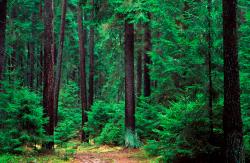 fot. Paweł Fabijański
fot. Paweł Fabijański
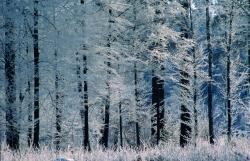 fot. Paweł Fabijański
fot. Paweł Fabijański
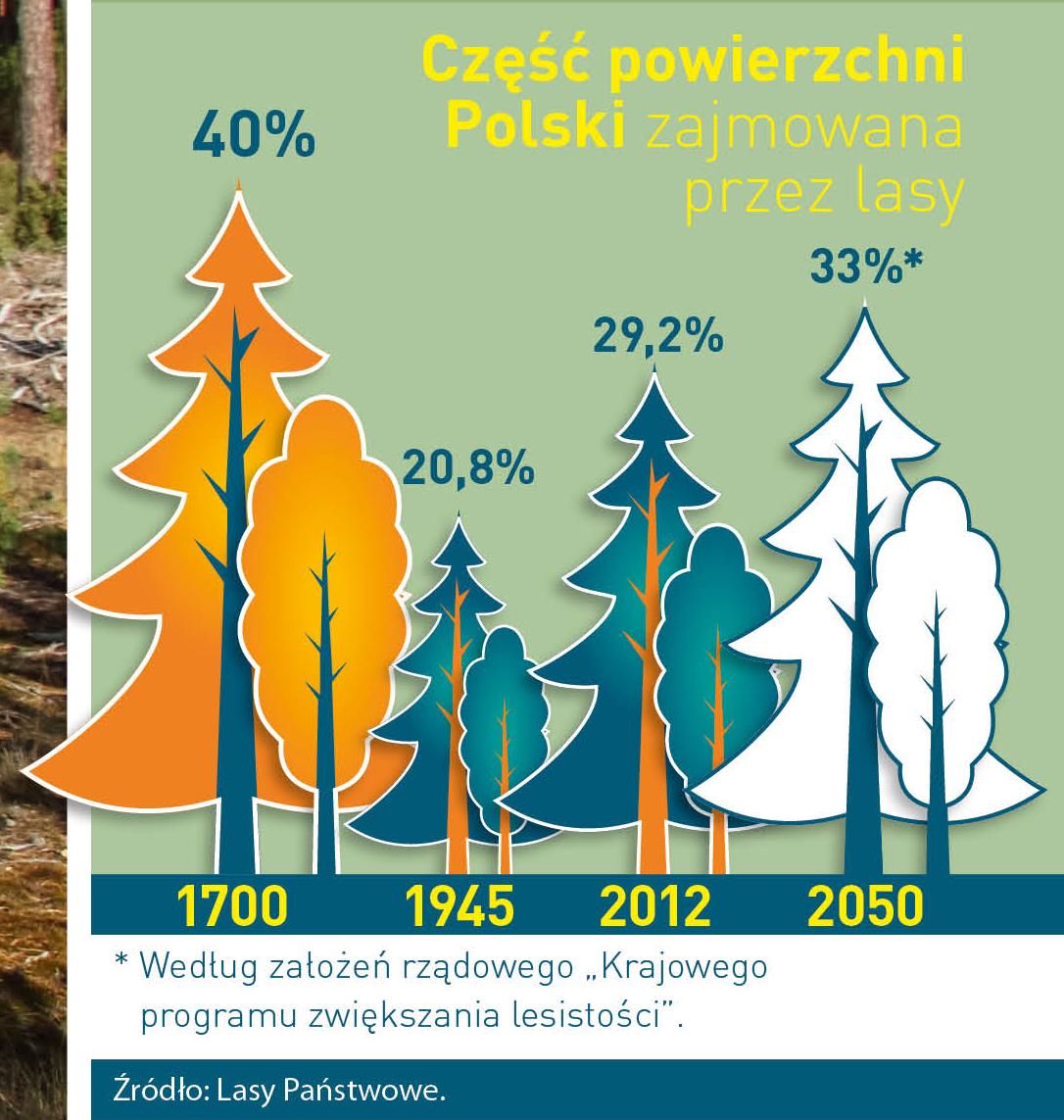
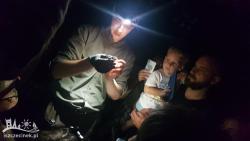 Uczestnicy wydarzenia w czasie nocnego spotkania
Uczestnicy wydarzenia w czasie nocnego spotkania
